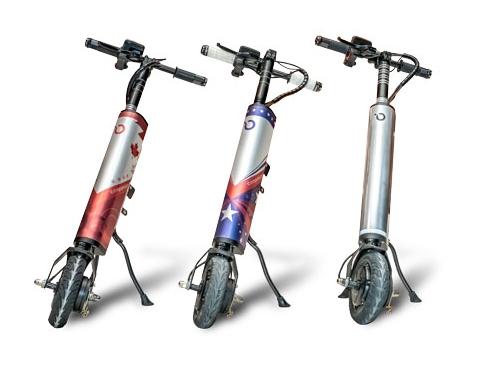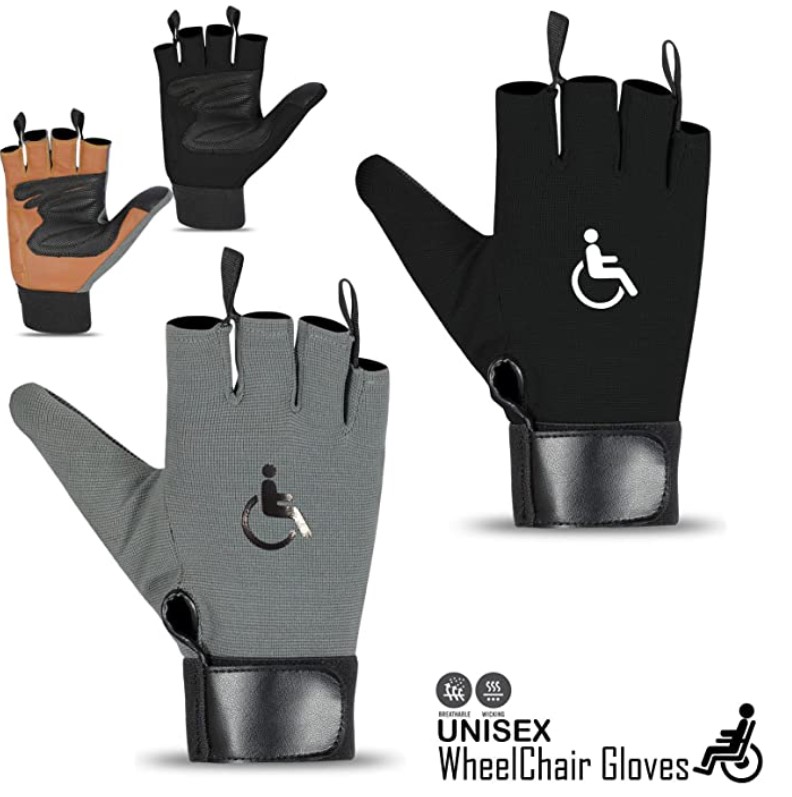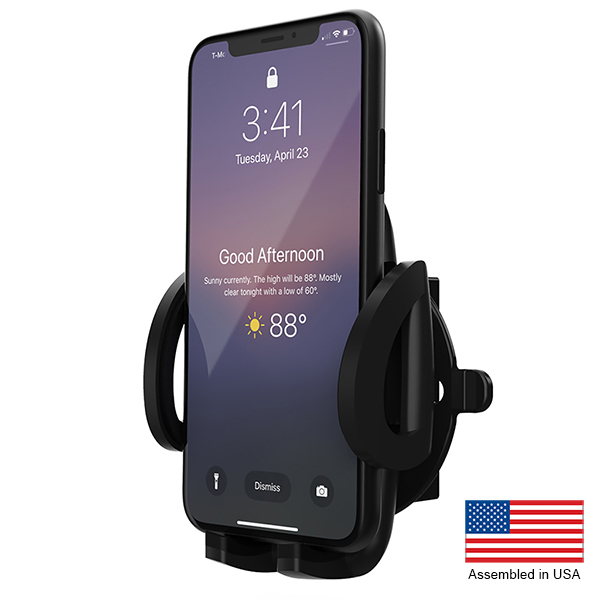Getting out and engaging with the world is challenging for people living with disabilities in the best of times. In the midst of a global pandemic, this is not the best of times. In an era of limited social gathering, physical distancing and increased vigilance around hygiene, barriers that once presented as manageable hurdles have morphed into insurmountable obstacles. For someone with a disability, it might seem like staying cooped up at home is the safest (and only) option.
But getting outside is more important than ever for both your physical and mental wellbeing. While it might take a bit of creativity and a willingness to try something new, there are many activities that allow for people of all abilities to engage safely with their communities.
The following activities and hobbies allow for social distancing and, with the right tools (check out the bottom of the article for some of our picks) maintain independence and safety.
Photography
It can be hard to get motivated to get out of the house just to walk or wheel around aimlessly. People with a passion for photography often agree that it’s a great way to look at the ordinary from a new perspective. Photography is a great way to expand your horizon by taking time to focus on landscapes and objects you pass by everyday, seeing them in a new light.
Not only is photography great for stimulating creativity, there is the option to learn more about the technical science behind advanced photography skills as a way to capture inspiring images using different photography tricks. The internet is bursting with information, and photography has many active communities, such as this one on reddit, that will happily embrace you as part of the gang. Don’t be afraid to reach out and ask questions on the forums; people are generally very friendly and willing to help. It’s a great way to make friends remotely!
To get started, check out this getting-started guide from Shutterfly or just give it a quick google, there are tons of photography guides for beginners. But in reality, everyone carries around a smart-phone, so why not start there! Grab your phone and play around with some of the settings. You might discover some neat features you didn’t know you had. Then, just point it at something pretty, and start shooting. It’s as simple as that!
Bird-Watching, Entomology, and Botany
Spotting the coveted blue-jay, identifying that special butterfly that rarely makes it this far north, or witnessing the blooming of an exotic (or native) plant can all be excellent motivators to get into the great outdoors. Don’t worry if you struggle to identify the birds in your neighbourhood, or need help finding the best place to observe butterflies and insects, help is only a click away. Check out some of these websites to kickstart your search and get motivated.
- Birdwatching for Beginners: This resource is great for beginners. It teaches you how to start from your own home, building skills and confidence, ultimately giving you the freedom to venture as for or near as you feel comfortable. However, they recommend picking up a decent pair of binoculars. A quick search on amazon.ca or amazon.com provides a great list of starter binoculars.
- ButterflyConservation.org: This website is a great resource for those who are interested in identifying butterflies and moths. You don’t need much to get started, just a set of eyes to spot the butterflies. They might be too fast for binoculars anyway! Spot them with your eyes, and look up what butterfly it is. The more you do it, the more you’ll start to get used to the species. Diving more into the “sport” of butterfly-watching (AKA butterflying), try out some communities such as this on on Reddit to check out what others have found and post your favorite finds!
- Ask an Entomologist: If you’re looking to start an insect collection, you’ll need some tools and know-how. The AaE website lays it out and is a great resource for beginners.
- Insect Identifier: The getting started guide on the AaE website is focused on insect collecting; of course there is no need to catch them! Just finding them and looking at them is fun enough! Just like with the butterflies, perhaps you’ll get good at identifying them on the fly, so to speak :).
- FlowerChecker and NatureGate: These apps allow you to identify flowers and plants. They use some clever computer technology to allow you to upload a picture and get an identification back, or alternatively, just look up the plant according to its features.
Trail Maps for Wheelchairs
Not all hikes are accessible for people with a disability, but most popular trail map sites, and even municipal government and conservation park web-sites will list wheelchair accessible trails. As an Ontario resident, some of my favorite sites are:
- AllTrails.com: The reviews are great to help you determine what places are best suited to your capabilities. There are many guides, and people can put together their own lists of favorite spots. Be sure to make your own list and tell the world where people with your disability can go in your neighborhood!
- OntarioTrails: This is a helpful guide for those living in Ontario. Although the “partially wheelchair accessible” listings are not very informative on their own, you can click into them to find a brief description of the trail, and a tab with terrain details. This might give you more confidence that you can complete the trail, and if you’ll need assistance.
- TrailLink: TrailLink provides recommendations based on your location. This link provides a quick overview of the top rated wheelchair accessible trails near you.
Geo-Caching
Popular scavenger hunt apps like Geo-Caching are another fun way to get outside. These games are set up so you chase video-game items around the real world. Geo-Caching places real-world items in treasure chests (or anything really!), for you to find. Make sure to add your own fun items, or leave it for someone else to find! Pokemon Go is another similar app that prompts you to catch virtual pokemon creatures around your city.
Assistive Devices to help you get the most out of your outdoor experiences
Power Assists
For those in a manual wheelchair, a power-assist might help you conserve enough energy to go the distance. Check out the Cheelcare Companion.
The Cheelcare companion is a lightweight, easy-to-use power assist add-on which attaches to the front of your manual wheelchair. Turn your chair into a powerchair in 10 seconds or less!
Gloves
Good gloves are a life saver when you need to manually propel yourself. Padding and good material are key! Make sure to get a good fit to avoid rubbing and blisters.
These wheelchair gloves are made from stretchy material that is breathable. It also wicks away moisture on the back, with shock absorbing padding on the front. Reinforced for durability.
Cupholders and Bottle Holders
Make sure you get enough to drink! stay hydrated with a cup/bottle holder!
$44.99
HandiCup™️ is a wheelchair cup holder attachment that works for people with full or limited hand function, so that they can successfully and independently access a beverage on the go!
Phone Holders
For GPS, pictures, and making sure people know where you are when heading into the woods, a phone is a must! Keep yours handy with a phone holder.
A phone holder attachment for wheelchairs, rollators, and strollers. Easy to attach and can rotate 360° to accommodate all kinds of placements.





